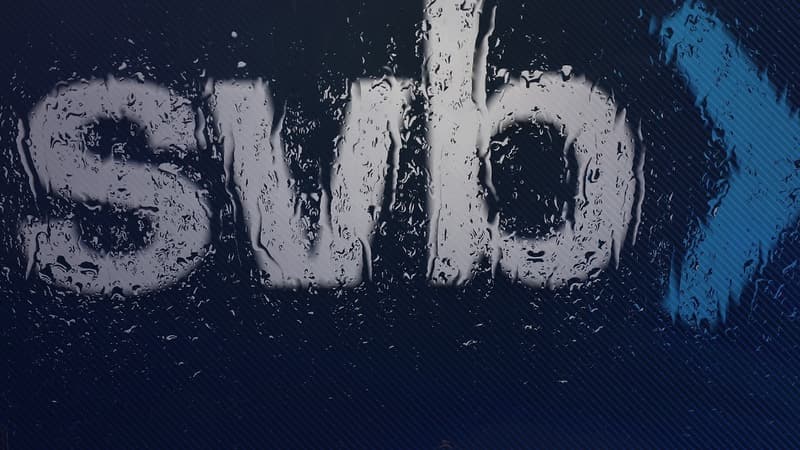Disturbing messages on Twitter, harrowing discussions on WhatsApp and, to a lesser extent, the expansion of online banking contributed to the precipitous collapse of Silicon Valley Bank (SVB) and Signature Bank. Both establishments have been victims of massive withdrawals from their clients, a phenomenon of bank panic that has existed for a long time and that has often been illustrated by long lines in front of branches. This time, everything seems to have sped up.
The authorities’ takeover of SVB on Friday came less than 48 hours after the bank announced the first bad news. It was followed two days later by the forced closure of Signature Bank. Between the two, well-known businessmen sounded the alarm or offered advice on Twitter, such as investor Bill Ackman who warned on the social network on Saturday: “If the FDIC (a banking regulator, editor’s note) does not guarantee deposits, others banks run”. It will start Monday morning.”
“YOU SHOULD BE ABSOLUTELY TERRIFIED,” tech investor Jason Calacanis tweeted the same day. Startup creators exchanged the latest rumors in WhatsApp groups. “The combination of technologies and rapidly spreading rumors have fueled a crisis of unprecedented speed,” said Jonathan Welburn, a researcher at the Rand think tank.
misleading messages
Of course, it was already possible to make withdrawals and transfers online during the previous financial crisis of 2008, he acknowledges. “But the adoption of these technologies has spread ever since,” he told AFP. Hilary Allen, a specialist in new financial technologies at the American University of Washington, is more dubious on this point. She believes that the ability for bank customers to quickly withdraw small amounts of money has been around for a long time.
And “there are still difficulties with withdrawing large sums,” he says, citing the apparent problems some SVB customers encountered on Thursday connecting to their online account or making instant transfers. On the other hand, the impact of social networks is unanimous. The Republican chairman of a parliamentary committee on financial services, Patrick McHenry, spoke on Sunday of the “first Twitter-fueled bank panic” before calling for looking at “the facts and not the speculation.”
Some posts broke out in cold sweats before turning out to be misleading, such as those from investor Mike Alfred about First Republic Bank’s apparent operating difficulties posted on Saturday without proof and then deleted. Markets have benefited from the growing use of online platforms with “meme stocks”, stocks like Game Stop or AMC that have skyrocketed after discussions on the Reddit forum, remarks Hilary Allen.
“The other side of the coin is that social networks can also exacerbate loss of confidence and panic”, emphasizes Hilary Allen.
Neither Twitter nor WhatsApp in 2008
In the case of SVB, the movement was amplified, according to the professor, by the particular profile of many clients: highly interconnected, technology-savvy entrepreneurs. The fate of SVB, the second largest bank failure in the United States, was resolved in any case in just two days when the largest, that of Washington Mutual in 2008, occurred in eight months, between the announcement of an unusual loss in January and its failure at the end of September, recalls Jonathan Welburn.
“Even the rapid bankruptcy of Lehman Brothers in 2008 gave regulators days to decide what to do,” he wrote in a note. “In 2008, Twitter and iPhones were nascent products; there were no WhatsApp groups or Slack threads,” she recalls. In the age of social media, viral messages and other retweets “could deprive regulators of essential time.” The latter will probably have to invent a “new way of communicating online” when such events occur, Hilary Allen suggests.
It could also be interesting to create “circuit breakers” that suspend transactions in the event of an unpredictable event, such as a cyberattack, a weather event or a bank run, says the professor. But developing this kind of mechanism is “very, very political,” he says. “Regulators need to start thinking about what it would look like and under what circumstances they would be willing to implement it.”
Source: BFM TV


